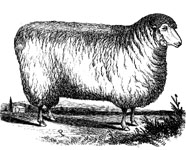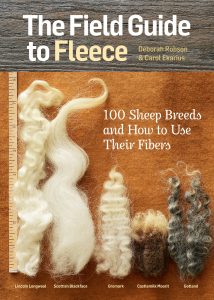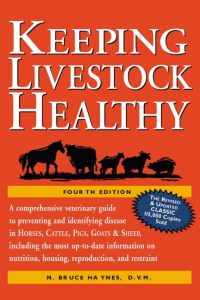
Breed Facts
Status:
Watch
Use:
Meat
Adult Weight:
Rams/Ewes: about 150–250 lbs.
Temperament:
Variable
Experience Level:
Intermediate
Notes:
Horned; hair sheep; rare in the US
WILTSHIRE HORN SHEEP
The Wiltshire Horn is native short wooled sheep breed to southwestern England in the county of Wiltshire, from which the breed gets its name. Sometimes referred to as Western or Western Horn sheep, they descended from the large, white sheep that grazed on Salisbury Plain for centuries. Remains of sheep that stood about 2” shorter than modern Wiltshire Horn sheep have been found in the excavations of a Romano-British farm in Wiltshire. The Wiltshire was the dominant breed of sheep across southern England during the 1700s. Populations of 500,000–700,000 are estimated to have ranged in the region at that time.
In the 1800’s the breed began to decline with the introduction of Southdown, Ryeland and in particular the Merino breed to the region. Although they became rare, steadfast supporters of the Wiltshire horn kept their animals and saved the breed from extinction. To support the integrity and long-term survival of the breed, on January 13th, 1923, the Wiltshire or Western Sheep Breeders Association was formed by Wiltshire Horn producers in England.
Wiltshire Horn sheep were exported from Britain to Australia and New Zealand, Kenya, Venezuela, Argentina, and France during the 1950s and 1960s. Only in Australia and New Zealand, however, were large purebred populations maintained. This is not surprising given that the breed’s purpose was to be used in crossbreeding. Today the Wiltshire Horn is globally rare, though its numbers are slowly increasing.
Wiltshire Horn sheep were first documented in North America in 1624 at Plimoth Plantation. The breed persisted for some time, though it was not numerous and was never well documented in the historical record.
During the 1970s, Wiltshire Horns were again imported to the US, this time from Australia. The animals were used by Piel Farm in Maine in the development of a modern hair sheep breed known as the Katahdin. In the 1990s, Wiltshire Horn sheep underwent a second wave of importations to the US greatly increased the genetic breadth of the American population.
The sheep are large, with mature rams weighing about 250 lbs. and ewes 150 lbs. The distinctive coat consists of a mixture of wool and fine hair that is shed in the spring. Both rams and ewes have impressive spiral horns; a ram’s horns grow a full spiral each year until they are mature.
The breed has a gentle temperament and is very hardy. They have high fertility and excellent maternal ability, and although lambs of this breed are not among the strongest, they grow rapidly. Wiltshire’s wedge body shape allows for easy births. Lamb crops average about 160 percent, and ewes have adequate milk. These sheep depend upon high quality nutrition and good management to meet their potential.
Traditionally, Wiltshire Horn sheep have been used for mutton and also as terminal sires for commercial lamb production. When bred to commercial wooled ewes, Wiltshire rams impart both size and hybrid vigor to offspring. The breed is distinguished by its self-shedding hair coat.
Did you know:
Heritage breeds are being raised on more than 4,000 farms, ranches, and backyards across America. Still, new breeders must be recruited to protect and expand rare livestock and poultry populations. America’s farmers are aging; future generations of breeds need future generations of breeders. That’s why Livestock Conservancy microgrants now include a Youth Division to encourage tomorrow’s breed stewards. Click here to invest in the future with a gift today.
You may be interested in…

Breed Facts
Status:
Watch
Use:
Meat
Adult Weight:
150 – 250 lbs
Temperament:
Variable
Experience Level:
Intermediate
Notes:
Horned hair sheep, rare in the U.S.
You may be interested in…




